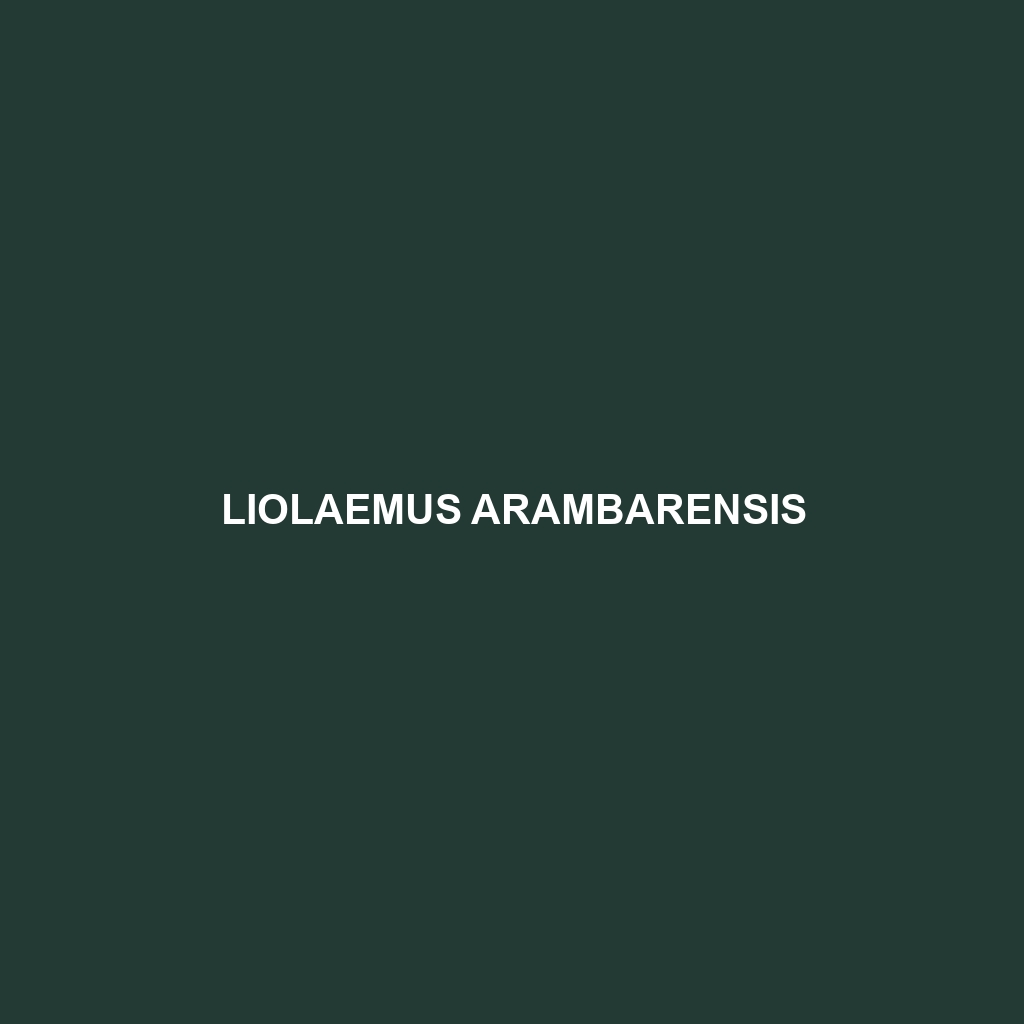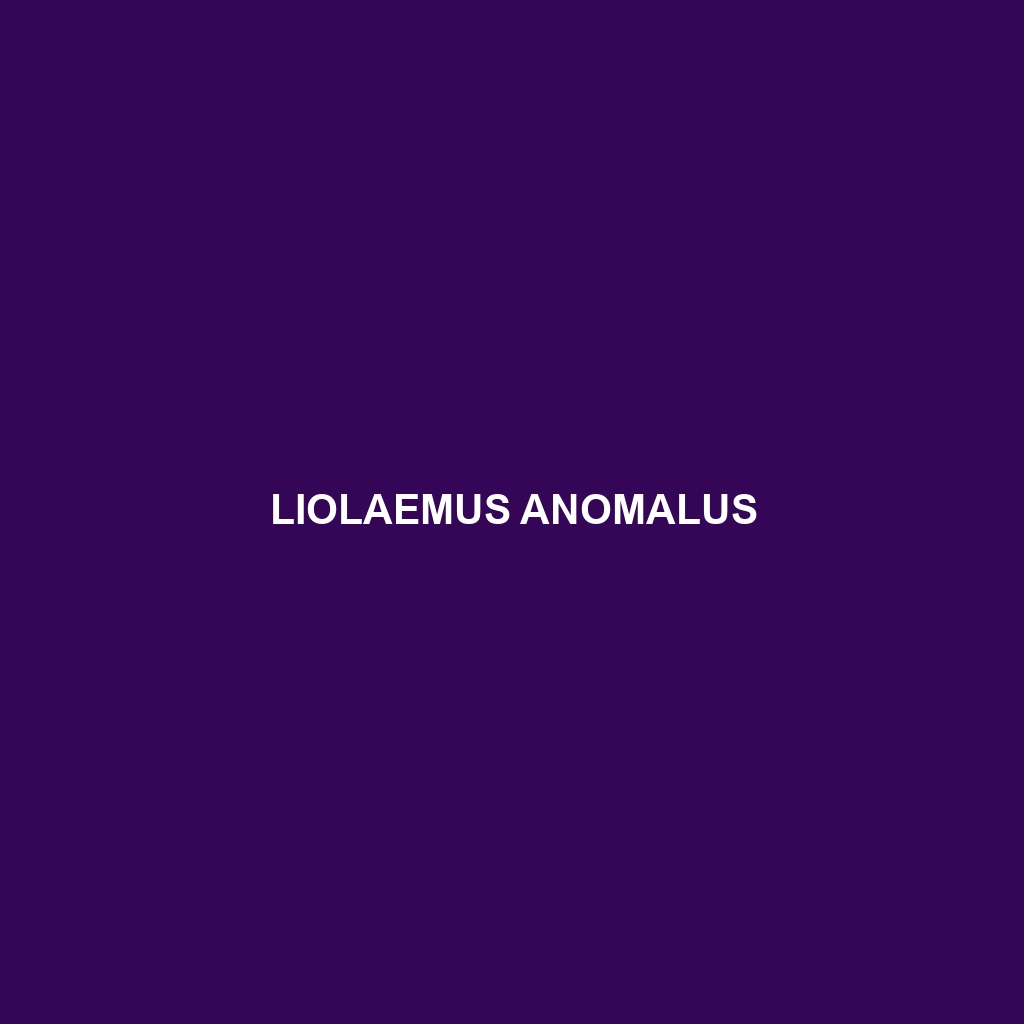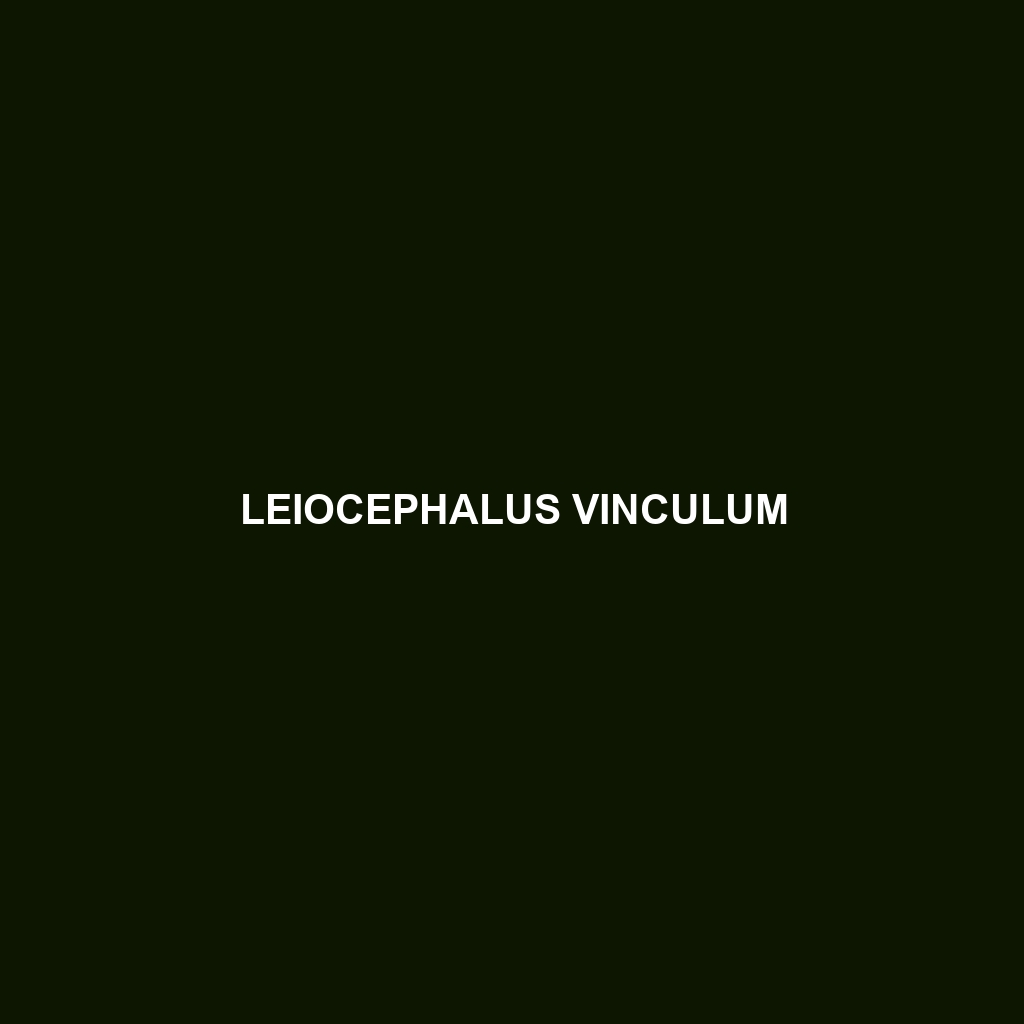Discover the fascinating Liolaemus lonquimayensis, a unique lizard from the temperate regions of Chile, known for its robust body, camouflage coloration, and interesting behaviors such as territorial displays and opportunistic feeding on insects. This species thrives in rocky habitats and plays a vital role in maintaining the ecological balance by controlling insect populations.
Tag: territorial behavior in lizards
Liolaemus forsteri
<p>Discover <b>Liolaemus forsteri</b>, also known as Forster's Tree Lizard, a fascinating species found in the temperate forests and savannas of Argentina and Chile. This agile, insectivorous lizard features vibrant colors and exhibits intriguing behaviors, playing a crucial role in its ecosystem as both predator and prey.</p>
Liolaemus fitzingerii
Discover the fascinating Liolaemus fitzingerii, or Fitzinger's Lizard, a diurnal insectivore native to the temperate forests and savannas of South America, characterized by its slender build, vibrant coloration, and unique mating rituals. This adaptable species plays a crucial role in its ecosystem by controlling insect populations and serving as prey for larger predators.
Liolaemus evaristoi
<strong>Liolaemus evaristoi</strong>, a medium-sized lizard native to the temperate forests of southern Chile and Argentina, showcases a mix of browns and greys for effective camouflage, and is primarily insectivorous and ovoviviparous, with a unique adaptability to various ecological conditions. This species plays a critical role in its ecosystem by regulating insect populations and serving as prey for larger predators.
Liolaemus crepuscularis
<b>Liolaemus crepuscularis</b> is a compact lizard, measuring 10-15 cm, native to the temperate forests and savannas of southern South America. Adaptable and primarily insectivorous, it exhibits fascinating diurnal and nocturnal behaviors, territorial displays, and a unique reproductive cycle that involves live birth.
Liolaemus arambarensis
Discover the unique Liolaemus arambarensis, a sleek skink native to the temperate forests and shrublands of southern South America, known for its adaptive coloration and diurnal behavior. Measuring 10 to 15 cm, these insectivorous lizards thrive in rocky terrains, playing a vital role in their ecosystem by controlling insect populations and serving as prey for larger predators.
Liolaemus anomalus
Introducing the Liolaemus anomalus, a small, agile lizard measuring 8 to 12 cm, known for its distinctive brown and gray coloration, diurnal behavior, and insectivorous diet. This species thrives in the temperate forests and grasslands of Patagonia, Argentina, playing a vital role in its ecosystem through insect population control and ecological dynamics.
Lepidophyma jasonjonesi
<p><b>Lepidophyma jasonjonesi</b>, commonly known as Jones' Tropical Flat Lizard, is a vibrant, nocturnal species found in Central America's rainforests, measuring 20 to 25 cm in length and displaying smooth, colorful scales. This insectivorous lizard plays a critical ecological role in its habitat, controlling insect populations while adapting to various microhabitats.</p>
Lepidodactylus nakahiwalay
<p><b>Lepidodactylus nakahiwalay</b>, a vulnerable gecko species found in tropical rainforests, exhibits distinctive earthy coloration and measures 8 to 12 cm in length. Primarily nocturnal and insectivorous, this agile reptile plays a vital role in its ecosystem by controlling insect populations while serving as prey for larger predators.</p>
Leiocephalus vinculum
<p>The <b>Leiocephalus vinculum</b>, commonly known as the <i>glossy collared lizard</i>, is a vibrant, agile omnivore found in the tropical rainforests and savannas of Central America, known for its distinctive color patterns and territorial behavior during mating season. With a preference for humid environments, this lizard plays a crucial role in controlling insect populations and contributing to the ecosystem's health.</p>









